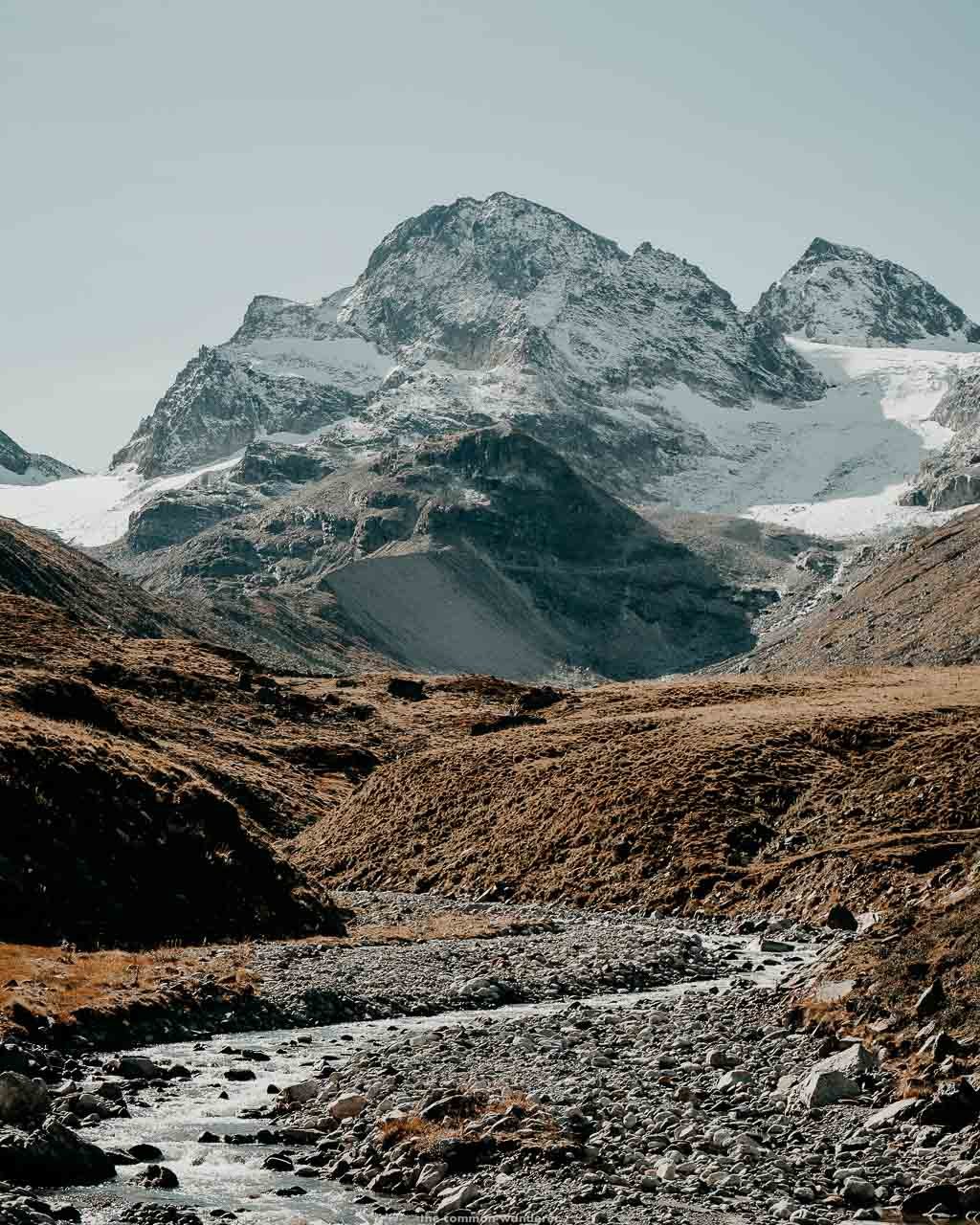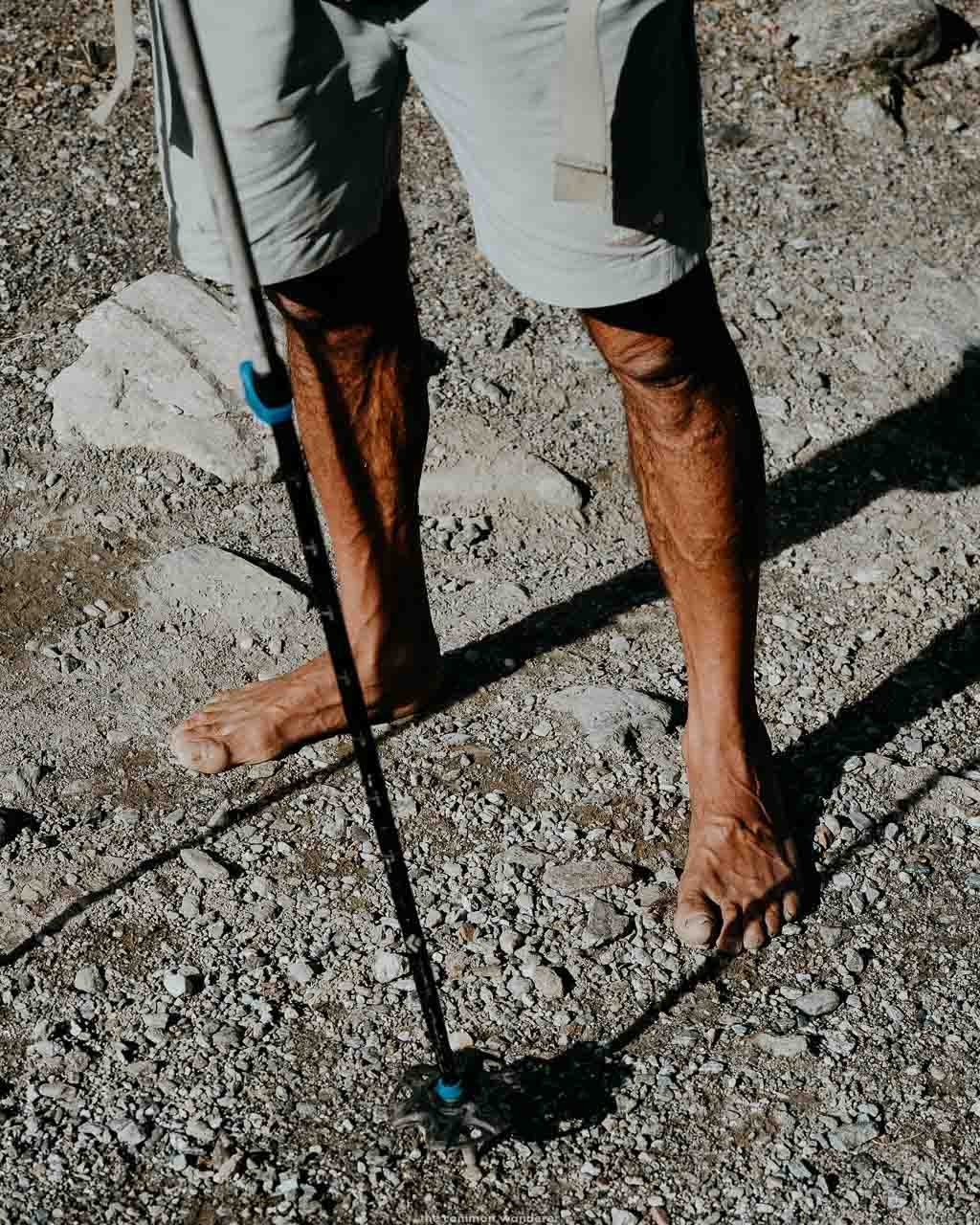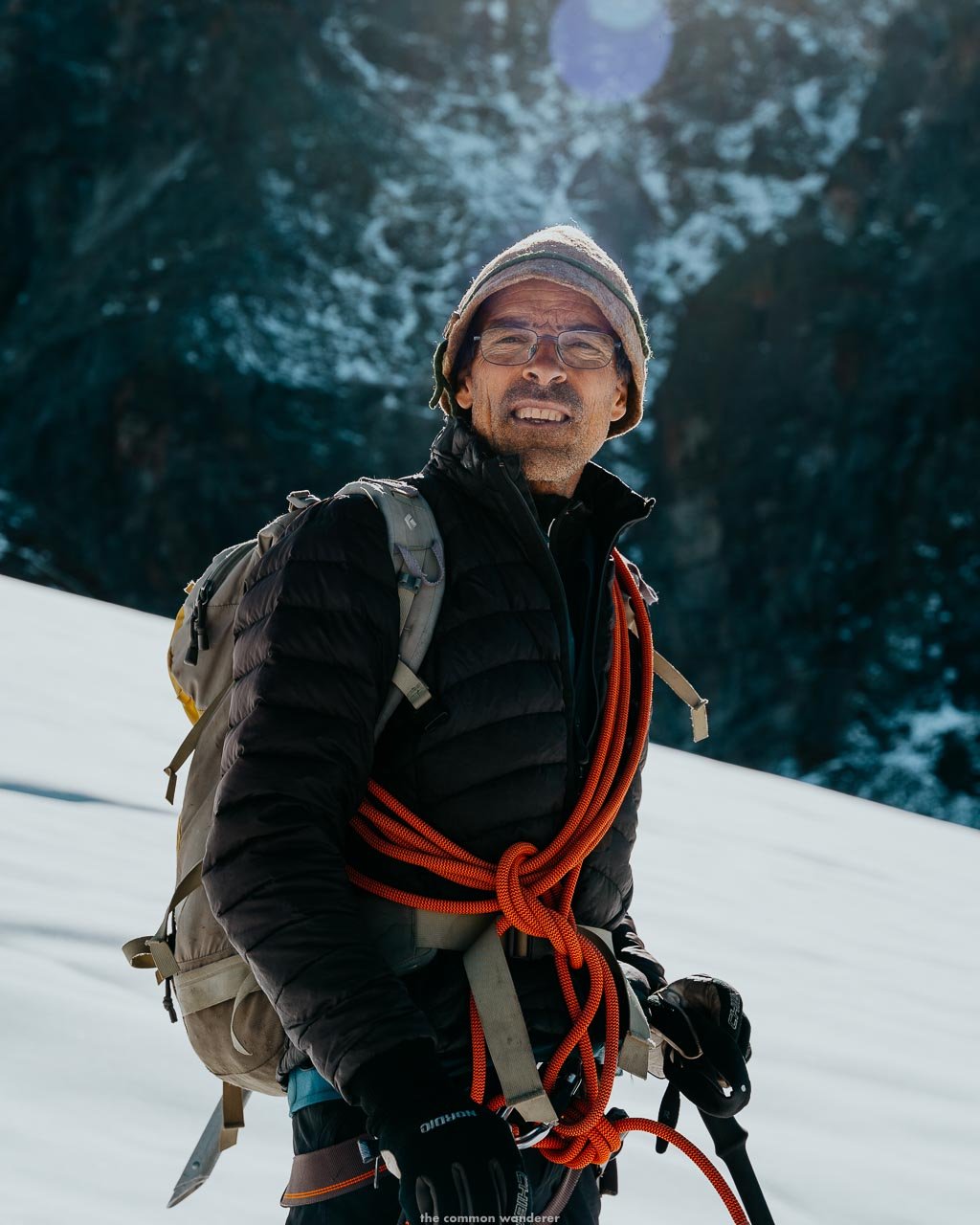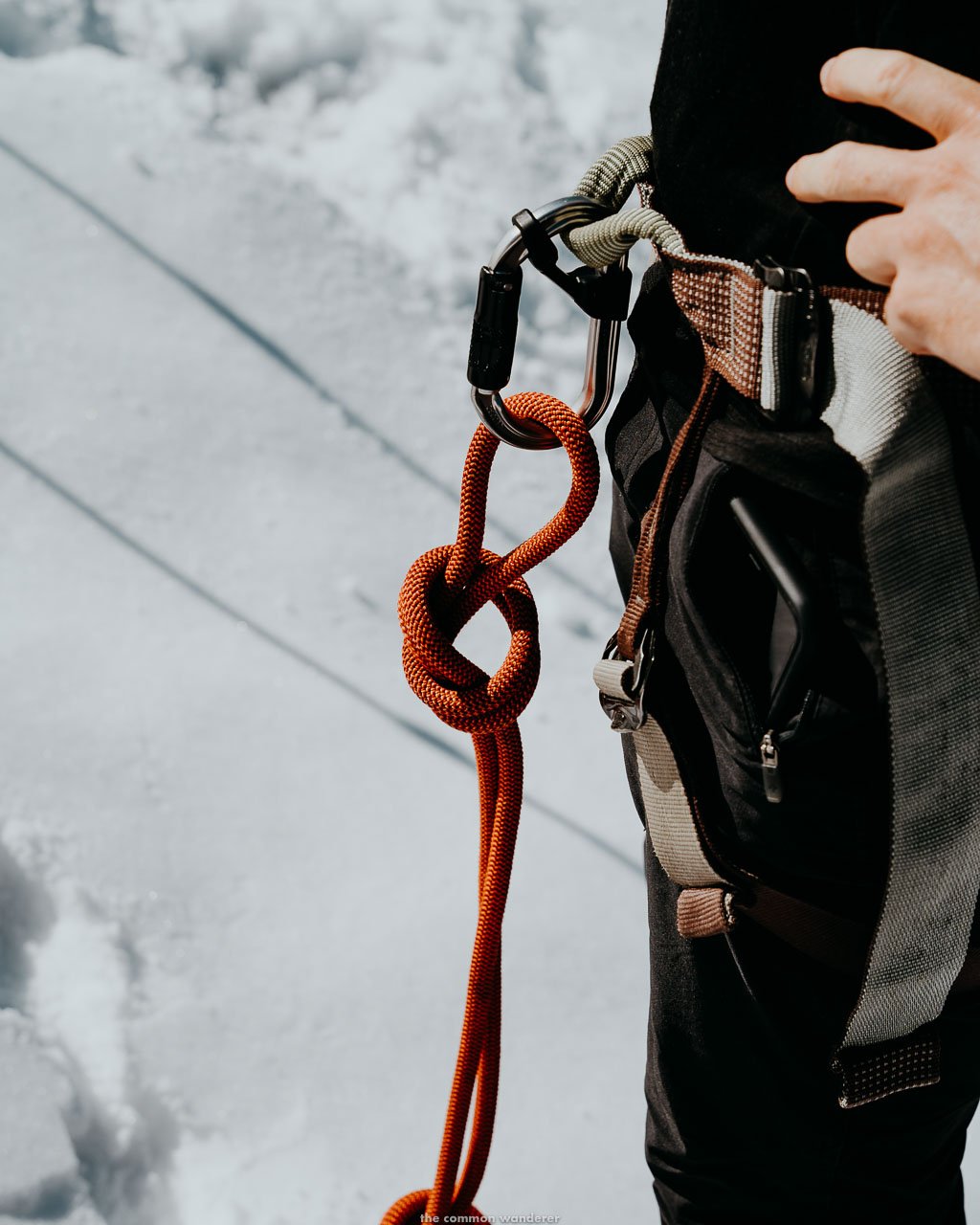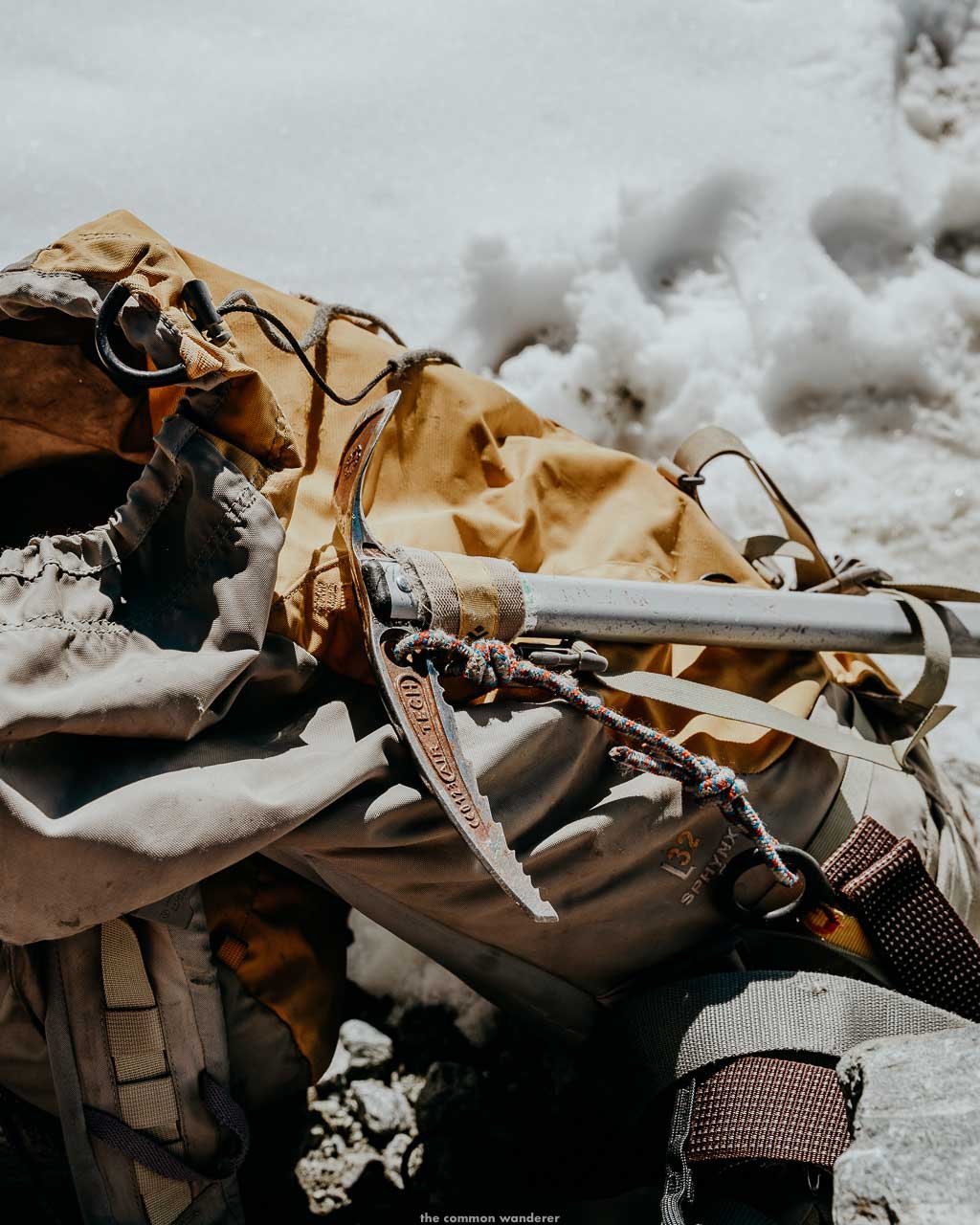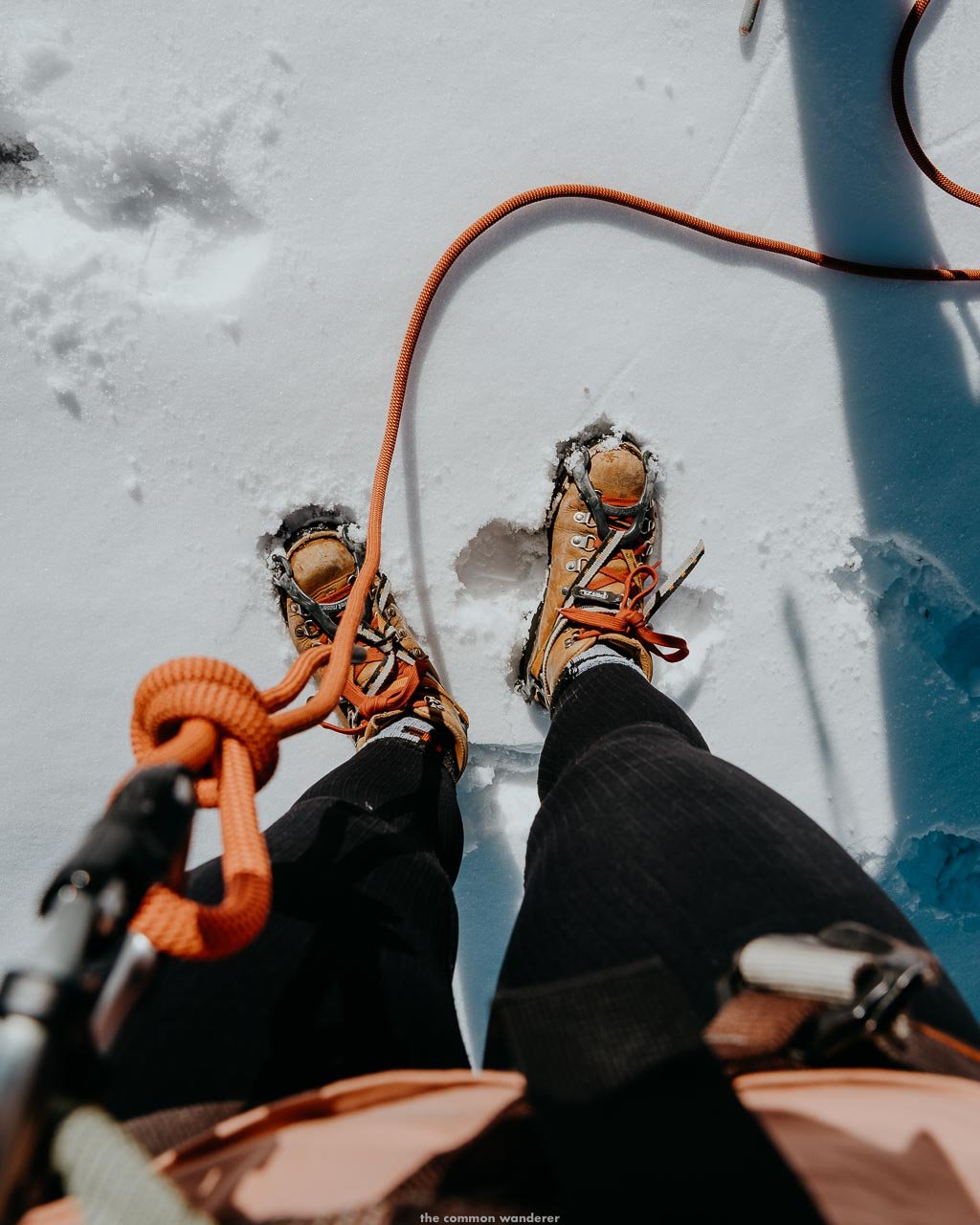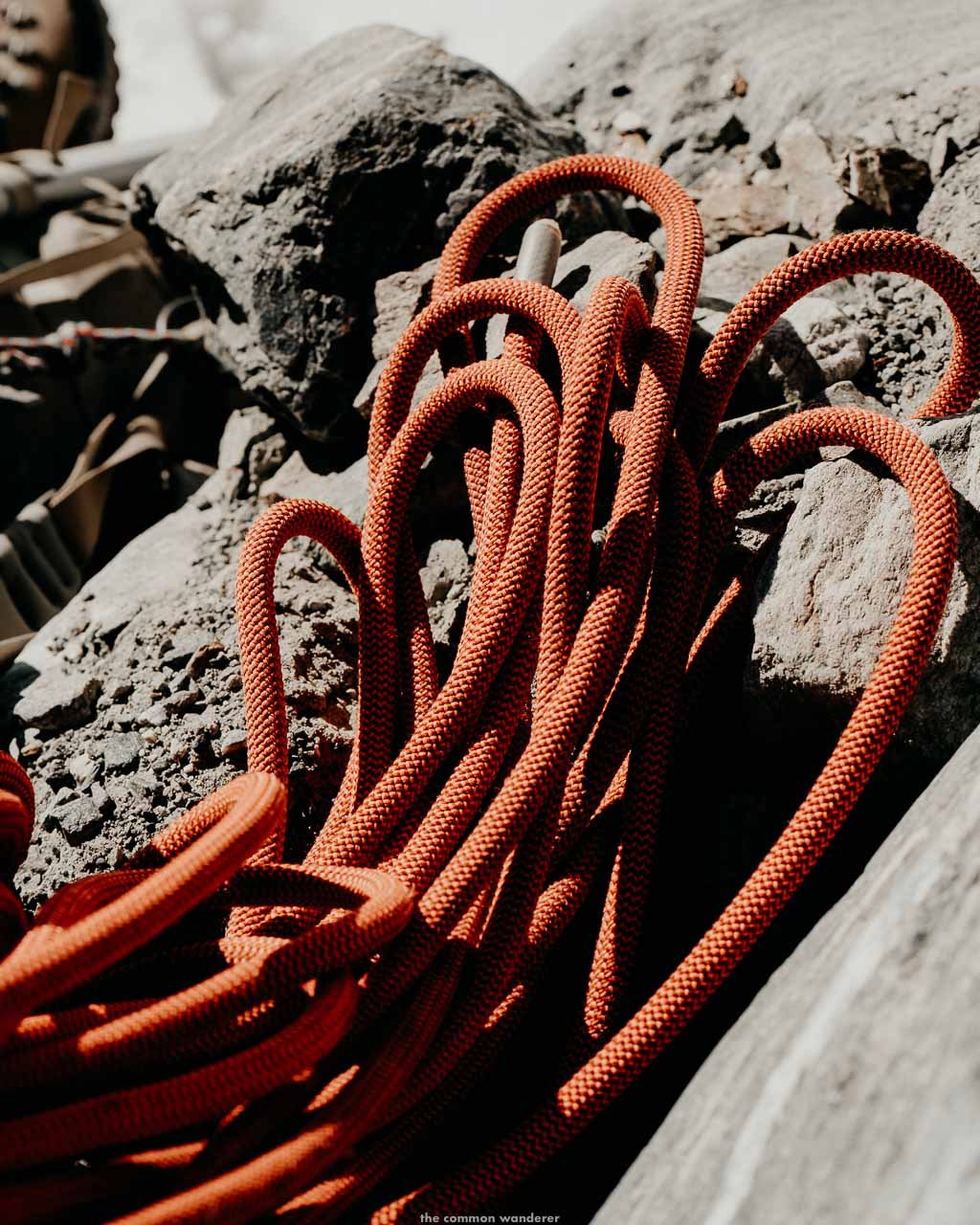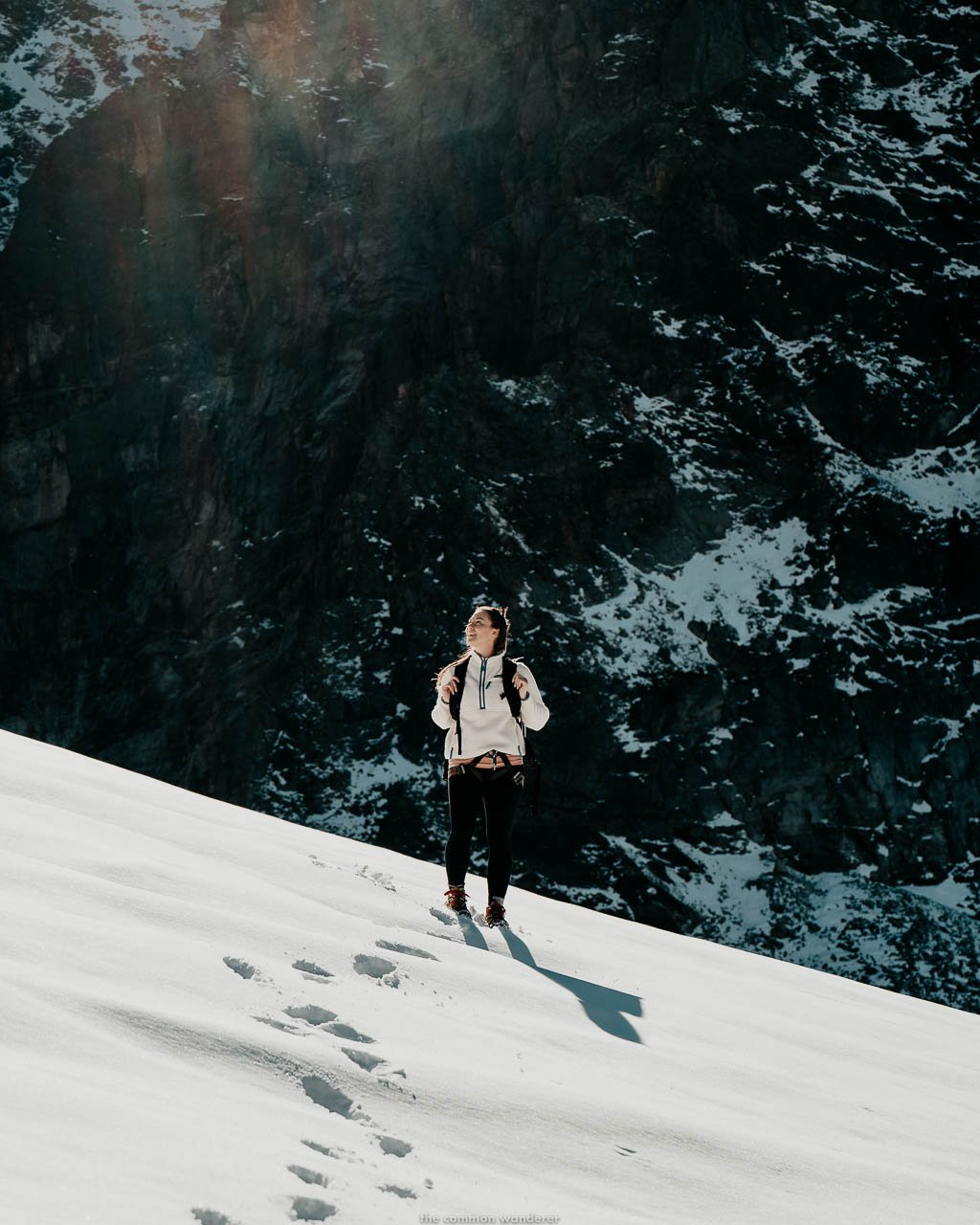Visits to a Disappearing World: Vermunt Glacier in Vorarlberg
Our guided hike along the Vermunt Glacier, in Vorarlberg’s Montafon region, was a special opportunity to witness a magical frozen world — one that’s slipping away before our eyes.
Standing on the Vermunt Glacier in far west Austria, we had the sobering sense that we had arrived at a funeral unexpectedly early.
Our guide, Martin, clearly sensed our thoughts.
"It's like a long, slow goodbye party”, he mused as the three of us gazed at the frozen landscape around us, crampons clipped on and a frosty wind pouring over the mountains and through our puffer jackets.
It might seem like a dramatic statement, but in 2021, to visit one of Earth's frozen worlds is to acknowledge that you've been gifted a glimpse at a disappearing world.
Glaciers have advanced and retreated naturally for as long as time has existed.
But lately, as we humans spur temperatures to become ever warmer and more dangerous, these ancient and awe-inspiring vast bodies are simply slipping away before our eyes.
The Montafon Silvretta group's Vermunt Glacier that straddles the border between Austria and Switzerland is no different.
The glacier is breathtaking to witness; a duck-egg blue shell over the valley, cocooned by mountain giants including Piz Buin (Vorarlberg's tallest peak) and dusted with powder-soft snow even in the late September we visited.
Its beauty is undeniable. But it's also where the two of us felt the effects of climate change most profoundly and depressingly yet.
Martin, a true and somewhat eccentric mountain man, knows this glacier-like no one else.
He's been exploring its shifting ice since he was a boy, and though his youth was a few decades ago now, it's clear he's never lost that boyish glee at the fortune of a day spent in the mountains.
As we'd hiked the trail towards the glacier— him barefoot and unperturbed by the gravel path or autumn temperatures — around the milky-turquoise Silvrettasee dam fed by the glacier, he'd shared the stories of the peaks and valleys as though they were his own flesh and blood.
There were the flowers, some edible, many not, and palm-fulls of wild blueberries fetched from the side of the trail. The names of every bird and plant, the adventures to be had on Piz Buin and the other mountains, the ancient tides that had carved the Silvretta group into life.
At our lunch stop on the sunny terrace of the Wiesbadenerhütte, about an hour walk from the glacier's edge, Martin's excitement subdued somewhat.
"50 years ago, the glacier came all the way to this hut, you could almost step on the ice from the hut. Now we'll have to hike an hour to its edge".
The anecdotal evidence is backed by science; since the beginning of the '90s, Vermunt glacier has retreated tens of metres per year.
In the last decade alone, that retreat has looked like 170m - the length of 1.5 football fields.
When we'd attached our crampons like spiky jaws to our hiking boots and hopped gingerly onto the ice an hour later, Martin pointed out the rudimentary emergency shelter just visible on the windy, white crest of the Vermunt Pass.
It was once used as the last outpost for Nazi soldiers tasked with preventing the flow of Jews being smuggled by locals through the mountains to safety in Switzerland during WWII.
Every mountain hike we take prompts our fascination with the power of our surroundings. But with Martin's fables swirling in our ears, the Silvretta group seemed to take on a timeless, mythical status.
It gave the sense we were observing time itself, and I could've sworn that if we'd just squinted hard enough, we'd have been able to witness the upheaval of earth and the ancient sea lapping at the heels of desperate refugees; the many past lives blurring together like shifting sand under a wave.
In slow, gliding movements, we placed one heavy metallic foot over the next and plunged further up the glacier. It's hard work, stomping up an ice sheet and concentrating on not tripping over your safety rope - or less likely, tumbling into one of the small crevasses here.
The three of us were alone on the glacier, the late Autumn afternoon sun quickly fading behind the mountains at our back. It felt as though we'd drifted to some distant planet, captivatingly beautiful, yet isolated and dangerous too.
“Its beauty is undeniable. But it’s also where the two of us felt the effects of climate change most profoundly and depressingly yet.”
The realisation that followed was swift and sobering: during this small blip that is human existence, we have forced this timeless, permanent glacier into time as borrowed as the mountain's previous life.
Continued retreat at this rapid pace means that within a few short decades — or rather, by the time we have children and they reach their 20th birthday — this beautiful blue and white glacier will likely have melted from view entirely.
In countries around the world, funerals are already being held for our fallen glaciers.
As a traveller, the thought of not being able to visit otherworldly places like this in future makes me terribly sad. As a human, and particularly one at the age of making decisions about future children, it feels unfathomable that we could be at a point where we have to imagine a future without glaciers, or white-capped mountains, or more simply: snow.
We’ve known for a long time how dire the state of our planet is.
But standing in the shadow of silent giants as old as time, with whispers of history all around, and ice slowly dripping away under my feet, I feel the lateness of the hour deep in my core.
The time to protect our glaciers, our rivers, our mountains, and our eco-systems is well past. As a plaque left at the empty site of one of Iceland’s former glaciers reads:
“In the next 200 years, all our glaciers are expected to follow the same path.” This monument is to acknowledge that we know what is happening and what needs to be done. Only you know if we did it.”
Montafon travel essentials
WHERE IS VERMUNT GLACIER & THE MONTAFON VALLEY?
Vermunt Glacier is in the Montafon valley’s Silvretta alps. The Montafon valley is in Austria's most southwestern pocket, tucked against the border with Switzerland.
It's home to one of Austria's largest ski resorts (Silvretta Montafon), as well as Vorarlberg's highest mountain: Piz Buin.
HOW TO GET TO THE GLACIER
We recommend joining a tour to hike the glacier, as this ensures not only your safety but an understanding of the area’s history and importance.
Tours of the glacier can be booked here.
Alternatively, you can make your own way to the glacier.
To get to the Vermunt glacier from Schruns, you’ll drive about 50 minutes from Schruns along the Silvretta Hochalpenstrasse to the Silvretta Reservoir, then hike a few hours from there to the glacier.
Getting to the Montafon region is extremely well connected by land transport, which is always our preference for travel.
Regular train services operate between Schruns (and the other towns in Montafon) and major hubs in Austria, Switzerland, Germany, and the same goes for bus routes as well.
If you have no option but to fly, Innsbruck is 1.5 hours drive from Schruns, while Munich is 2.5 hours drive.
WHERE TO STAY IN THE MONTAFON VALLEY
AMRAI SUITES, SCHRUNS
We stayed at Amrai Suites for all 4 nights of our visit to Montafon, and it was an absolute dream. Everything from the spacious, uber comfy rooms and warm, welcoming service to the luxurious spa area and gourmet delights of their on-site restaurant was just perfect.
It is a bit of a splurge, but believe us when we say we debated extending our stay for another few days just to soak up all the goodness.
BOOK | AMRAI SUITES
ASTORIA APARTMENTS, SCHRUNS
Right in the heart of Schruns-Tschagguns, Astoria Apartments is a great option for those looking to keep their costs down or have a little more flexibility when it comes to meals etc.
These one-bed self-contained apartments have a fully-equipped kitchenette, comfy bedroom and living area, and your own terrace too.
BOOK | ASTORIA APARTMENTS
INSURANCE FOR AUSTRIA
If you can't afford travel insurance, you really can't afford to travel. As the current global situation has taught many people, things can go wrong anywhere in the world - and insurance is often the only way of mitigating any issues with minimal expense or stress for you.
For all travellers | HeyMondo - COVID-19 coverage, comprehensive travel + medical insurance, an app with 24-hour medical support, and no out of pocket fees. *Get 5% off your policy by booking through our link here.
For digital nomads | SafetyWing - COVID-19 coverage, comprehensive travel & medical, and policies can be purchased while already abroad.
Car Insurance | Insurance4CarHire - a great annual car insurance policy
*In normal times, we recommend using World Nomads travel insurance, but unfortunately they're not currently covering COVID-19 related claims right now.
EXPERIENCE VORARLBERG
GLACIER HIKES & EPIC ADVENTURES | 7 epic things to do in the Montafon region, Austria
WHEN THE WORLD TURNED WHITE | Snowshoeing through the winter wonderland of Vorarlberg, Austria, and the time we learnt to ski in Vorarlberg
SUMMER IN VORARLBERG | The stunning beauty of Austria’s Vorarlberg region in photos, and our sunrise hike to the Kanisfluh summit
HIKES, WELLNESS, AND FOOD | 10 of the best things to do in Vorarlberg during summer
EUROPE DREAMING | Discover more European adventures with our travel guides and tips
PHOTOGRAPHY | Wondering what gear we use to get all of our photos around the world? Click here to view our detailed photography gear guide, as well as our top travel photography tips!
RESPONSIBLE TRAVEL | Responsible travel is really important. Read our top responsible travel tips to help you travel better and more consciously around the globe
ECO-FRIENDLY PACKING ESSENTIALS | Don’t leave home without our favourite eco-friendly travel essentials
EXPLORE MORE OF AUSTRIA WITH OUR ESSENTIAL GUIDES
Some of the links in this Vermunt Glacier post are affiliate links.
If you choose to purchase using these links, we receive a small commission at no extra cost to you. Please know that by using these affiliate links, you're directly supporting The Common Wanderer to stay wandering, the running costs of the site, and our ability to provide you with free content to help you on your travels.
That, and you're officially a legend.




